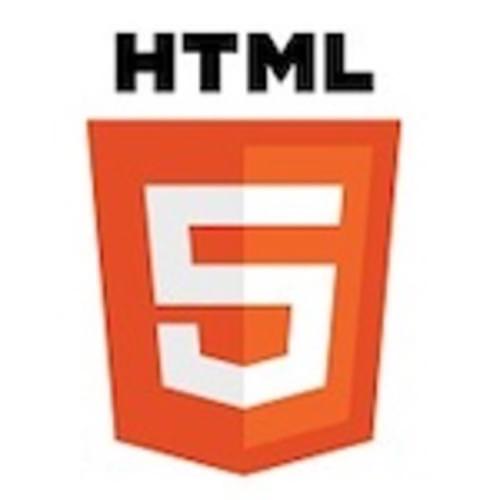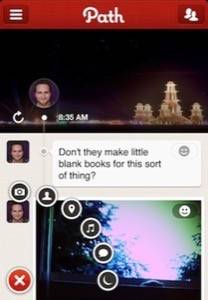Entrepreneur aficionado extraordinaire Robert Scoble posited a question on his Rackspace blog yesterday asking if there is push back against HTML5 by the top mobile designers in San Francisco. He cited new apps Path, Storify and Foodspotting as prominent examples of great apps with acclaimed UX that were rendered in native languages as opposed to HTML5. Are top developers really pushing back against HTML5 or is Scoble once again a little too deep in his fantasy world?

One thing that often worries me when thinking about the San Francisco-based developer community is the fact that it is one giant echo chamber. It feeds off itself to a crescendo of memes, themes and rumors until no other reasonable arguments can be broached.

Scoble is often the mouthpiece for these developers. To be fair, Scoble and I have met and are friendly and I find him to be a fine individual but the classic argument against him is that he is the living personification of the edge case. He knows everybody, talks to everybody and does a respectable job of eating his own dog food. Companies and developers, with good reason, respect his opinion. But, the way he inundates himself with all the great innovations of the ecosystem, he sometimes misses the reality of development and utilization in the rest of the world.
With respect to Scoble, this HTML5 argument is hogwash.
Path won a Crunchie for best design. For those not in the know, a Crunchie is an award show for best startups, design and innovation in the tech community hosted by TechCrunch, VentureBeat and GigaOm. It is the yearly culmination of the San Francisco echo chamber and, while interesting, is not really followed by many outside of Silicon Valley. That is not to discount what Path has created. We have noted the splendid design of Path at ReadWriteWeb as well and it is truly a very well made app.
Path is an edge case scenario in the world of mobile app development. It integrates social messaging, location check-ins, photography and music recommendations into a sophisticated timeline (a “path”) that is endlessly scrollable and visually appealing. Path is the quintessential native app.
It would also be impossible in HTML5.
The limitations of HTML5 at this point are that it does not allow device access (to objects like the camera and location services), scrolling is often limited and multi-layered sound is very difficult to implement. See our recent coverage of the “HTML5 Developers’ Wish List” for a fuller understanding to the limitations of the spec. All developers agree that HTML5 is still a work in progress and there is great hope that the standard will be advanced to a degree in 2012 that many of the problems that inhibit mobile developers will be solved. The key concept to remember with HTML5 is that it takes the one true “killer” app, the browser, and enhances its functionality.

To say that the best mobile developers and designers are pushing back against HTML5 is outrageous. It is like saying that Web developers and designers (by far the most robust group of Internet coders) are turning their backs on the standard that is taking the browser to the next generation. This is simply not true.
Like Scoble, I also talk to top developers on a daily basis. Some of the most talented coders and designers I know are working on creating dynamic experiences in HTML5 for mobile devices. That includes developers from Sencha, appMobi, Zynga and other games makers, mobile cloud developers and third-party Facebook developers. All see HTML5 as a great opportunity and are fully embracing the challenge. Look at Facebook in particular. Nobody would suppose that its developers are not some of the tops in Silicon Valley. The company is working towards progressing HTML5 and the apps ecosystem around it with innovative approaches to what the mobile Web can do.
For me to believe that the “best mobile app designers” are pushing back against HTML5, I am going to need more examples than three edge case native apps that have very specific functions. There is so much more to the mobile Web than a pretty native app.









